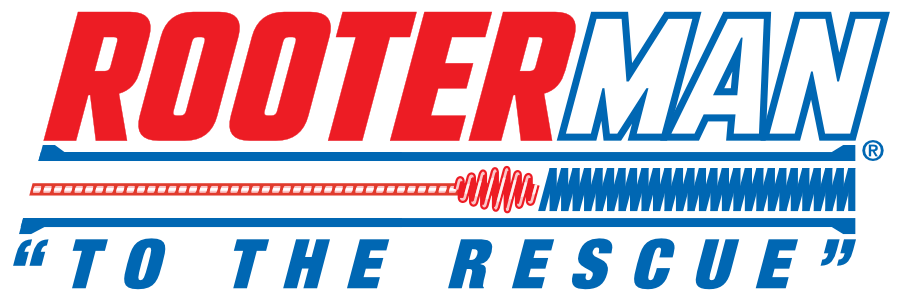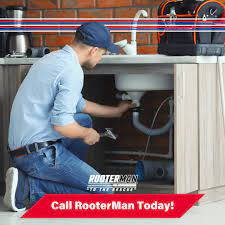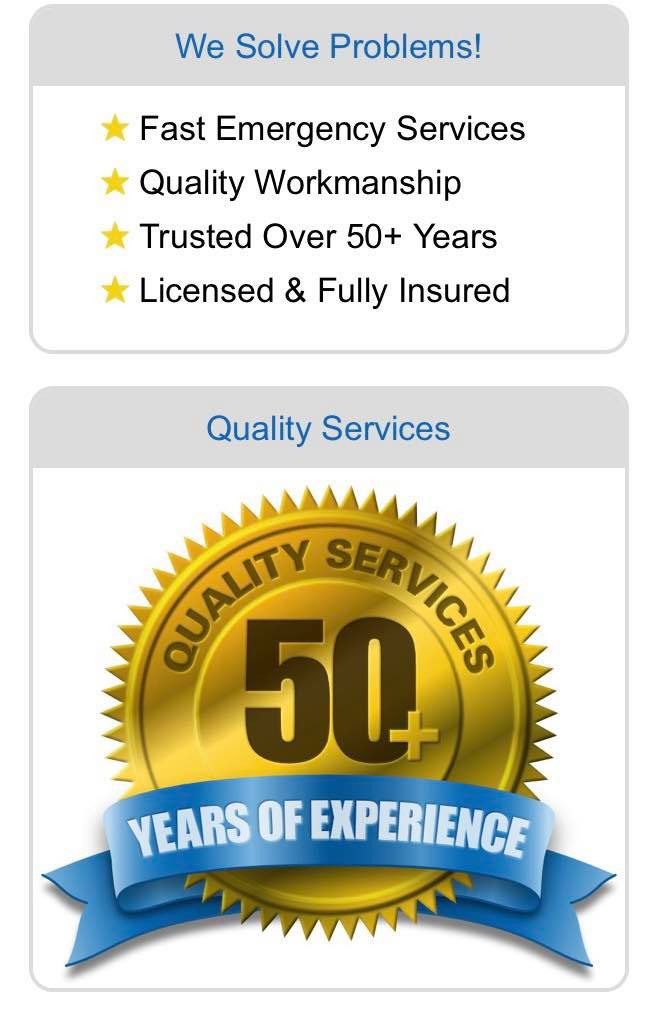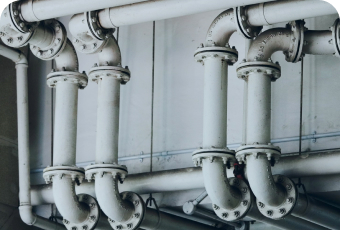How to Plunge a Toilet
You never know when a clogged toilet might disrupt the harmonious flow of your day. It’s a nuisance that homeowners in North Shore, MA, and beyond have had to deal with at one time or another. In such instances, having the knowledge and skills to effectively plunge a toilet can be a game-changer. While it may not be the most glamorous of tasks, knowing how to handle this common plumbing issue can save you time, money, and the hassle of waiting for a professional to arrive. With a few simple tools and the right technique, you can clear the clog and restore peace and functionality to your bathroom.
The Basics of Toilet Plunging
Plumbing issues, especially those involving toilets, can be unpleasant and inconvenient, but with the right approach, you can quickly address the problem. Plunging a toilet is a basic skill that every homeowner should have in their repertoire. It involves using a plunger to create a vacuum and dislodge the blockage, allowing water to flow freely once again.
When dealing with a clogged toilet, it’s essential to understand the two main types of plungers: the cup plunger and the flange plunger. The cup plunger is the most common type and is typically used for sinks and bathtubs, while the flange plunger, with its added extension at the bottom, is specifically designed for toilets. It’s important to use the correct plunger for the task at hand to maximize effectiveness.
Gathering the Necessary Tools and Materials
Before you begin the plunging process, gather the necessary tools and materials. You will need a high-quality, heavy-duty flange plunger, rubber gloves, and old towels or rags to protect the floor from any potential water spills. It’s also advisable to have a bucket of hot water on hand, as this can be used to help break up the clog before and during the plunging process.
Identifying the Cause of the Clog
Recognizing the cause of the clog can help you determine the best approach to clearing it. Common causes of toilet clogs include excessive toilet paper usage, flushing items that should not be flushed, such as wipes or feminine hygiene products, or the accumulation of organic matter and mineral deposits over time. By identifying the likely cause, you can take precautionary measures to prevent future clogs.
Locating the Water Shut-Off Valve
In some cases, a clogged toilet can lead to overflowing water, creating a potential mess and water damage. It’s important to know the location of your toilet’s water shut-off valve, so that if necessary, you can quickly turn off the water supply to prevent a larger problem.
Plunging the Toilet
Now that you’re prepared with the necessary tools and have taken the initial steps to understand the cause of the clog, you’re ready to begin the plunging process. Here’s a step-by-step guide on how to effectively plunge a toilet:
1. Protect the area around the toilet by placing old towels or rags on the floor to catch any splashes or spills.
2. Put on rubber gloves to protect your hands and ensure hygienic handling of the plunger.
3. If there is minimal water in the toilet bowl, add enough hot water with a bucket to cover the plunger’s rubber cup. This can help loosen the clog and improve the effectiveness of the plunging action.
4. Place the flange of the plunger securely into the toilet drain, ensuring a tight seal to create the necessary suction.
5. With a firm grip, push the plunger down and then pull it up with force, maintaining a tight seal against the drain opening. This action helps dislodge the blockage and create the pressure needed to clear the clog.
6. Repeat the plunging motion several times, maintaining a steady rhythm and ensuring a strong seal between the plunger and the drain.
7. Once the water starts to drain more freely, flush the toilet to see if the clog has been successfully removed.
8. If the toilet flushes normally and the water drains without backing up, you have effectively cleared the clog.
Dealing with Persistent or Severe Clogs
If the toilet continues to be clogged after multiple attempts at plunging, or if the clog seems particularly stubborn, there are a few additional steps you can take before calling a professional plumber. One option is to use a plumbing snake or an auger to reach deeper into the drain and dislodge the blockage. It’s important to use these tools with caution and follow the manufacturer’s instructions to avoid damaging the toilet or the plumbing system.
If you’ve exhausted your efforts and the clog persists, it may be time to seek the expertise of a professional plumbing service like RooterMan. As local plumbing, sewer, and drain cleaning experts, RooterMan specializes in drain services, plumbing repairs, and sewer services, providing 24/7 emergency service to address even the most challenging plumbing issues.
To summarize
By mastering the art of toilet plunging, homeowners can efficiently tackle one of the most common plumbing problems. Equipped with the right tools, techniques, and preventive measures, you can maintain a smoothly functioning plumbing system and minimize the disruptions caused by clogged toilets. Whether it’s a minor inconvenience or a more persistent issue, having the knowledge and skills to handle toilet clogs empowers homeowners to maintain their properties with confidence and efficiency.















